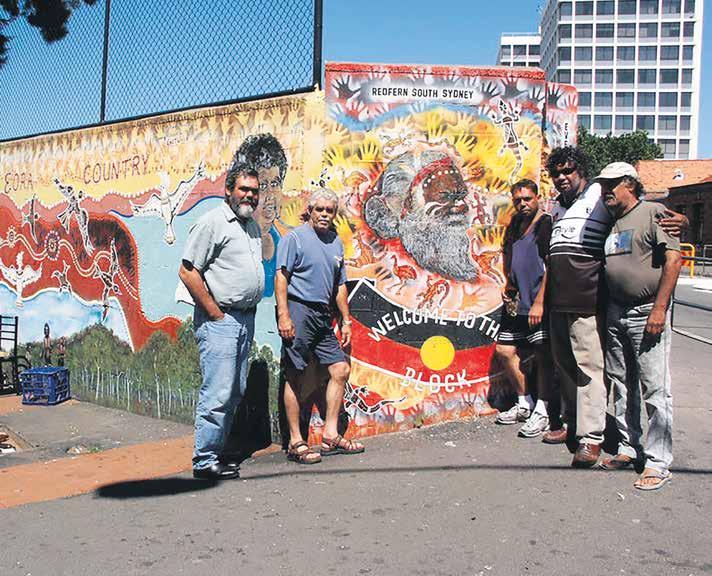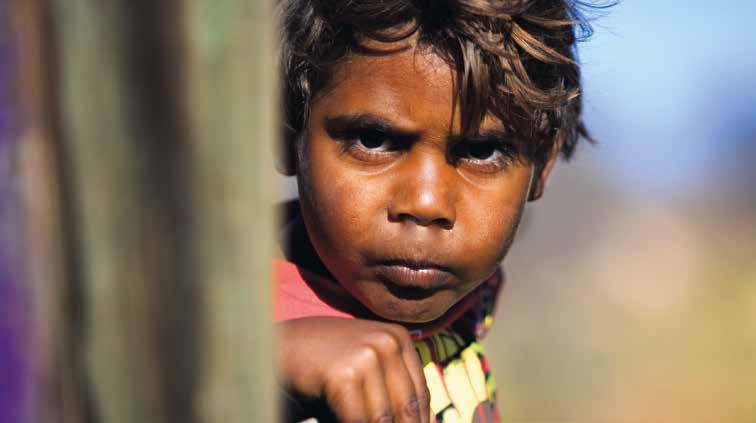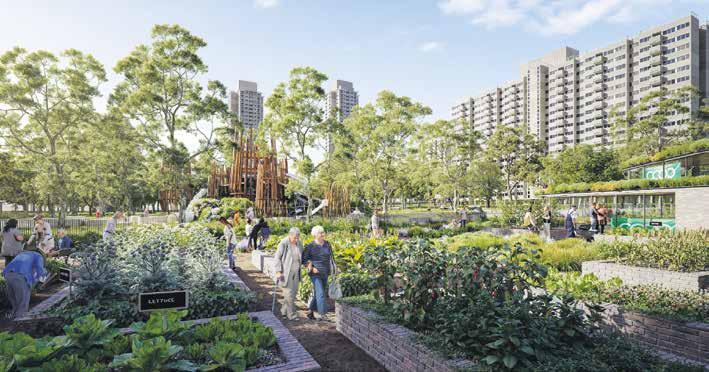VOLUNTEERS
THE UNCERTAIN FUTURE OF
VOLUNTEERING WHEN THE COVID-19 PANDEMIC HIT, THE VOLUNTEERING LANDSCAPE SHIFTED IN A WAY NO-ONE THOUGHT POSSIBLE. HERE, LUKE MICHAEL REFLECTS ON SOME OF THE KEY MOMENTS THAT HAVE SHAPED VOLUNTEERING OVER THE PAST 20 YEARS AND LOOKS AT WHERE THE SECTOR IS HEADED NEXT.
B
y the start of the new millennium, it was clear volunteering in Australia was on the rise. Five years earlier, in 1995, around a quarter of adults donated their time. By 2000, this had risen to 32 percent of the population — or 4,395,600 Australians — with the value of that volunteer labour estimated at $8.9 billion. Today, volunteering has an estimated annual economic and social value of $290 billion in Australia and research shows that volunteering efforts yield a 450 percent return for every dollar invested. The most recent volunteering data we have — from this year’s release of the Australian Charities Report 2018 — showed volunteer numbers across charities had increased to 3.7 million people (compared with 3.3 million the previous year). The Giving Australia report also found that, in 2016, 43.7 percent of adult Australians had volunteered a total of 932 million hours in the previous 12 months. The way Australians are volunteering has also shifted. Back in the early 2000s, employee volunteering programs — where employers give paid staff time and/or payments to volunteer for agreed charities — were relatively scarce. In 2006, only 3.7 percent of employees took part in any kind of corporate volunteering, according to a report by London
12
Benchmarking Group (LBG). By 2018, this had grown to 15 percent, with LBG finding that nearly eight in ten companies reported having an employee volunteering program in place. The internet has also played an important role in attracting new volunteers and expanding the ways in which they can offer their time. In 2016, nearly 30 percent of volunteers under 24 years old used an online source such as GoVolunteer or Seek Volunteer to look for volunteering opportunities — although word of mouth remains the most common way to attract volunteers. The internet has also created a whole new category of volunteer work: virtual volunteering — which is to say, provided online volunteer services such as managing social media accounts or using Skype to mentor vulnerable people. One of the most important changes for the sector has been updating the formal definition of volunteering to recognise the profound social, technological, and organisational shifts of recent decades. Advocates started campaigning for a new and broader way of thinking about, and describing, volunteering in late 2013, arguing that the existing 1996 definition was far too restrictive. That definition only recognised formal volunteering undertaken for not-for-profit (NFP) organisations.
Inner Sydney Voice • Spring 2020 • www.innersydneyvoice.org.au
It excluded online volunteers, those donating their time to private groups, and informal volunteering in the community. In other words, if you weren’t providing services as a designated volunteer in a defined position or project, your activities weren’t counted. The new definition adopted by Volunteering Australia in 2015 states simply that: “Volunteering is time willingly given for the common good and without financial gain.” Advocates believe this definition recognises the myriad, and often informal, ways in which people volunteer, beyond simply helping out a not for profit. “Volunteers make a huge contribution,” said former Volunteering Australia CEO Brett Williamson in 2015, “so we need to make sure it’s measured accurately and valued.” By creating a common understanding of what volunteering is, the new definition ultimately makes it easier to accurately measure the scope of volunteering in Australia. This in turn helps the sector to identify and connect with many more of the nation’s volunteers. One of the biggest challenges for the sector over the past 20 years has been attracting and maintaining the volunteer workforce and supporting volunteers so that they stay happy and engaged. As volunteering has become more accessible and less narrowly
















